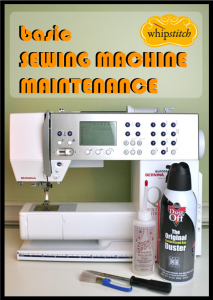 If you’re going to take the time to clean your sewing machine and serger on a regular basis, it would be foolish to leave it exposed to the elements. The dust and pollen and..other stuff…floating around in the air pretty much guarantee that any machine that doesn’t have a little jacket to wear will end up with bunnies living in the crevices. While the odds are pretty good, if your machine was made after 1970 or so, that the motor and belt aren’t exposed, and so there’s less risk that the inner workings of your machine will get gummed up by lint, there is always the concern that any dust or fluff floating around will settle on parts of your machine that you can’t easily reach, leading to more work for you later and ultimately a shorter life-span for your machine.
If you’re going to take the time to clean your sewing machine and serger on a regular basis, it would be foolish to leave it exposed to the elements. The dust and pollen and..other stuff…floating around in the air pretty much guarantee that any machine that doesn’t have a little jacket to wear will end up with bunnies living in the crevices. While the odds are pretty good, if your machine was made after 1970 or so, that the motor and belt aren’t exposed, and so there’s less risk that the inner workings of your machine will get gummed up by lint, there is always the concern that any dust or fluff floating around will settle on parts of your machine that you can’t easily reach, leading to more work for you later and ultimately a shorter life-span for your machine.
The answer is super duper simple: a sewing machine cover. Now, you can buy one in stores or online, either a hard case or a soft vinyl cover. They work great, and they get the job done. I prefer, though, a fabric cover that is out of fabric I love and that I can periodically launder to keep it looking spiffy. My favorite sewing machine cover design is the one in my new book, but I can’t show that with you for a few more weeks (how’s that for a plug?), so I’ve rounded up some of the best sewing machine cover tutorials on the web for you to peruse!
I prefer a cover that has four sides, so while there are a number of lovely tutorials out there that drape a piece of fabric over the top of the machine and tie it sweetly at the sides, I don’t feel as though that style of cover will really get the job done. For that reason, I’ve only shared tutorials here that cover all four sides of the machine.
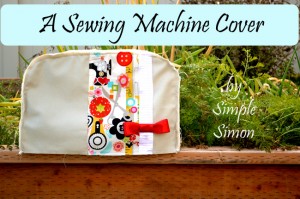 Simple Simon has a darling cover that’s reminiscent in shape of the vinyl ones you can get at the store, but obviously way prettier.
Simple Simon has a darling cover that’s reminiscent in shape of the vinyl ones you can get at the store, but obviously way prettier.
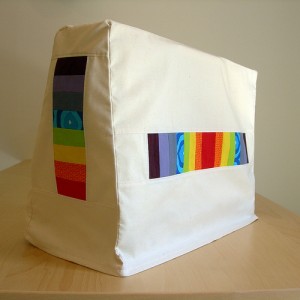 Philadelphia’s Spool has a great pattern for a sewing machine cozy that’s clean and chic.
Philadelphia’s Spool has a great pattern for a sewing machine cozy that’s clean and chic.
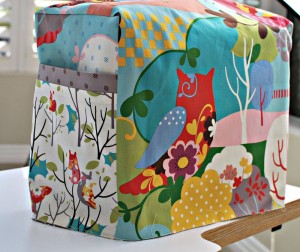 I love the exterior pockets (and Momo fabric!) on this cover from Notes from the Patch.
I love the exterior pockets (and Momo fabric!) on this cover from Notes from the Patch.
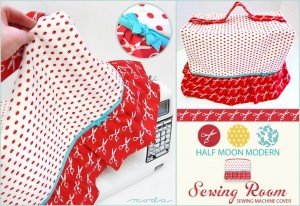 I’m not sure how much I love the ruffle on this cover from Sew 4 Home, but I know I like the handle on the top.
I’m not sure how much I love the ruffle on this cover from Sew 4 Home, but I know I like the handle on the top.
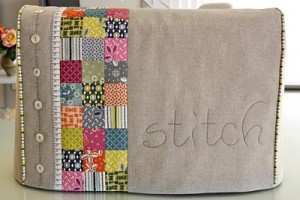 Bloom and Blossom has a cute and inexpensive pattern for a linen cover with piping and patchwork.
Bloom and Blossom has a cute and inexpensive pattern for a linen cover with piping and patchwork.
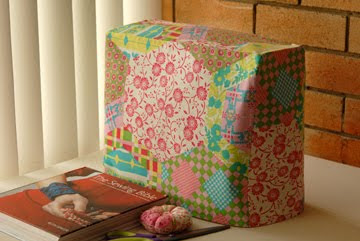 An interfaced cover from Made It has structure and support to help it stand up on its own.
An interfaced cover from Made It has structure and support to help it stand up on its own.
Naturally, any and all of these cover designs can be adapted to be used on your serger, as well–I made a matching set of quilted, piped, reversible covers for my machine and serger using the project from my new book. I know, I tease–pictures as soon as I get the go-ahead!

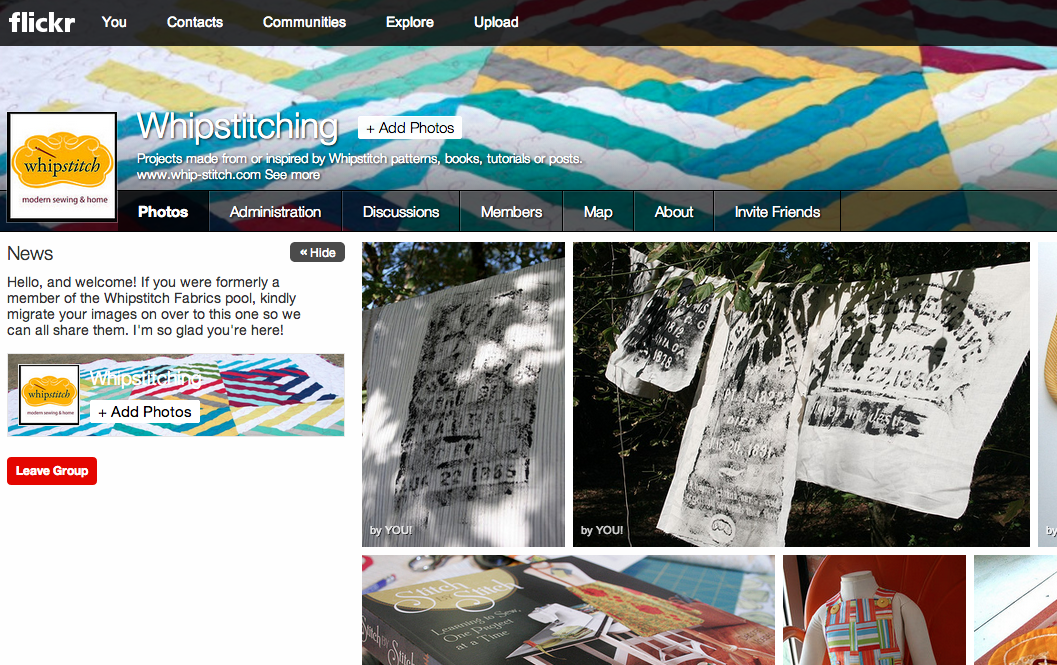
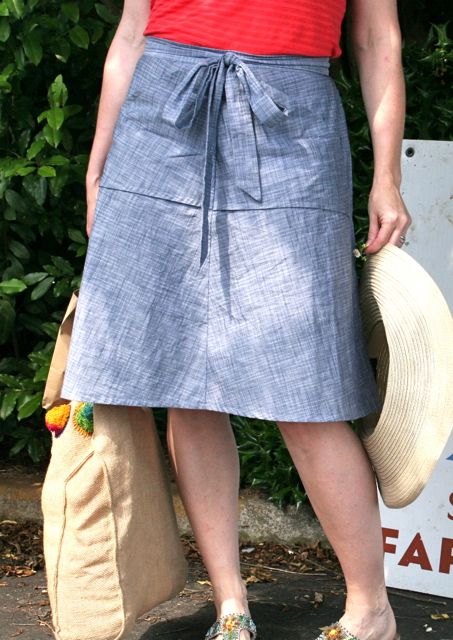
SEwing princess
June 29, 2012 at 5:54 pmHow timely! I finally made my cover a couple of days ago when I found the second tut
Edgar Reilly
July 3, 2012 at 3:48 pmFor the longevity of sewing machine, of course I’ll follow your advice and will use sewing machine cover as per your tips like this picture.
Tanya Stevens
July 5, 2012 at 2:25 pmThanks for sharing. Now I need to get those sewing machine covers as soon as possible.
Marnie Byod
July 8, 2012 at 10:22 pmThanks for the advice. I will follow this for the sake of my sewing machine. It is really important to take care the sewing machine so that it will be use anytime.